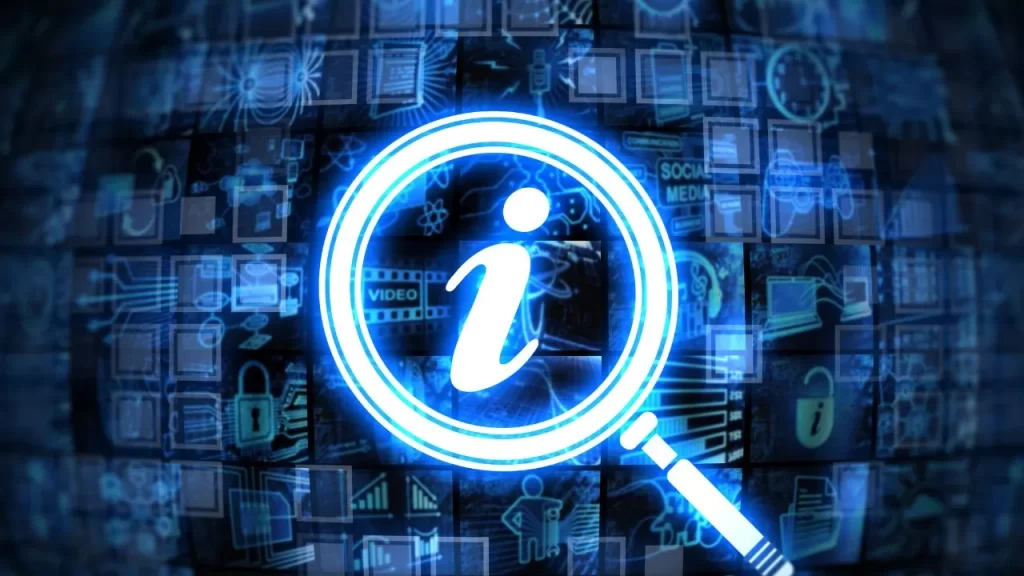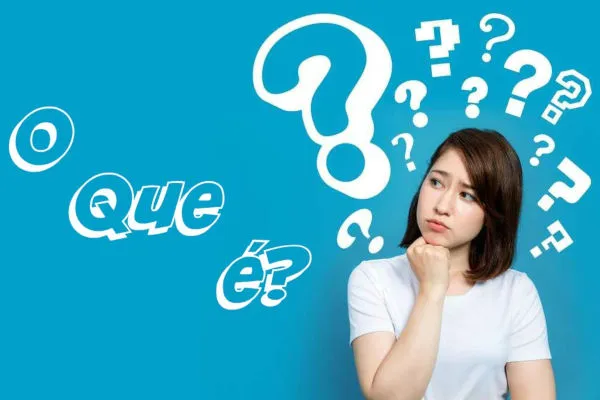OPEN IN ENGLISH: WHAT DOES IT MEAN?
The English language is known for its rich vocabulary and diverse expressions. While many words have direct translations across languages, some terms have nuances that can be tricky to understand. One such term is “open,” a word with multiple meanings and applications depending on context.
“Open” is a versatile word that can be used as an adjective, a verb, or even a noun. This versatility leads to confusion when trying to grasp its meaning in various situations.
In this post, we will delve into the various shades of meaning associated with “open” in English. From its literal use denoting a state of being unlocked to its metaphorical application representing openness and acceptance, we will explore the multifaceted nature of this seemingly simple word.
THE LITERAL SENSE OF “OPEN”
In its most basic sense, “open” refers to a state of being unlocked, unclosed, or accessible. It signifies that something is not shut, sealed, or blocked. This literal meaning is often used to describe physical objects, such as doors, windows, or containers.
For example, the phrase “open the door” instructs someone to unlock and unclose a door, making it accessible. Similarly, “the jar is open” signifies that the lid of the jar has been removed, allowing access to its contents.
“OPEN” AS A VERB
“Open” can also be used as a verb, indicating the act of making something accessible or unlocked. This action can be performed physically, such as opening a book or opening a present. It can also represent a more metaphorical act, such as opening a conversation or opening one’s mind to new ideas.
For instance, “open the book” instructs someone to unfold the pages and access the contents within. Similarly, “open your mind” is a metaphorical expression urging someone to be receptive to new perspectives and ideas.
“OPEN” IN THE CONTEXT OF TIME
“Open” can also refer to a period of time that is available or accessible. This often applies to business hours, operating hours, or periods of availability.
For example, a store that is “open until 8 pm” indicates that it is accessible to customers until that time. Similarly, a website “open for registration” suggests that it is accessible for users to create accounts.
“OPEN” IN THE CONTEXT OF SPACES
“Open” can also be used to describe spaces that are accessible and free from obstructions. Open spaces are often associated with nature, such as a field or a park. They can also refer to indoor areas, such as an open-plan office or an open kitchen.
For instance, “the park is open to the public” signifies that the public can access and use the park. Similarly, “an open-plan office” describes an office space without walls or partitions, allowing for greater visibility and communication.
“OPEN” AS A METAPHOR FOR HONESTY AND TRANSPARENCY
“Open” can also be used metaphorically to indicate honesty, transparency, or a willingness to share information. This usage reflects a sense of openness and vulnerability, suggesting that someone is not hiding information or intentions.
For example, “an open book” describes someone who is honest and straightforward, with nothing to hide. Similarly, “open communication” refers to communication that is honest, direct, and free from deception.
“OPEN” IN RELATION TO MIND AND HEART
“Open” can also refer to a state of being receptive or accepting. This metaphorical usage relates to the mind and heart, suggesting a willingness to embrace new ideas, experiences, and perspectives.
For instance, “an open mind” indicates a willingness to consider alternative viewpoints and ideas. Similarly, “an open heart” suggests a willingness to love, trust, and connect with others.
“OPEN” IN THE CONTEXT OF POSSIBILITIES
“Open” can also be used to represent a state of possibilities or opportunities. This usage suggests that something is available or accessible for exploration and development.
For instance, “the road ahead is open” signifies that there are possibilities and opportunities for growth and advancement. Similarly, “an open-ended question” suggests that there are multiple potential answers or interpretations, encouraging exploration and discussion.
“OPEN” IN THE CONTEXT OF TECHNOLOGY
In the digital realm, “open” refers to systems or technologies that are accessible and modifiable. This includes open-source software, which allows users to view, modify, and distribute the code. It also encompasses open standards, which promote interoperability and accessibility across various platforms.
For example, “open-source software” refers to software that is available for anyone to use, modify, and distribute. Similarly, “open standards” refer to specifications that are publicly available and encourage compatibility between different systems.
In summary, “open” is a word with a multitude of meanings and applications in English. From its literal sense denoting a state of being unlocked to its metaphorical usage representing openness and acceptance, “open” embodies the dynamic and versatile nature of language. By understanding the different shades of meaning associated with this seemingly simple word, we can gain a deeper appreciation for its complexities and nuances.
Open in Merriam-Webster Dictionary
Open in Oxford Dictionaries
FAQ
WHAT ARE SOME COMMON PHRASES THAT USE “OPEN”?
There are many common phrases that use “open” in various contexts. Some examples include:
- Open your eyes: This phrase encourages someone to see things clearly and recognize the truth.
- Open house: This refers to a public event where people are welcomed to visit a property.
- Open door: This represents an opportunity or invitation to access something.
- Open mind: This indicates a willingness to consider different viewpoints and ideas.
- Open secret: This refers to something that is widely known but not openly acknowledged.
- Open source: This refers to software that is available for anyone to use, modify, and distribute.
WHAT ARE SOME RELATED WORDS TO “OPEN”?
There are several words that are related to “open” in meaning and usage. Some examples include:
- Unlocked: This refers to a state of being accessible or unlocked.
- Unclosed: This indicates that something is not shut or sealed.
- Accessible: This suggests that something is reachable or available.
- Free: This indicates that something is not restricted or bound.
- Transparent: This suggests that something is open and honest.
- Receptive: This indicates a willingness to accept new ideas or perspectives.
HOW CAN I LEARN MORE ABOUT THE DIFFERENT MEANINGS OF “OPEN”?
There are many resources available to help you learn more about the different meanings of “open.” Some suggestions include:
- Dictionaries: Consulting a dictionary can provide definitions and examples of how “open” is used in various contexts.
- Thesaurus: A thesaurus can offer synonyms and related words that can help clarify the meaning of “open”.
- Reading: Engaging with diverse written materials can expose you to the various uses of “open” in real-world contexts.
- Conversation: Discussing the different meanings of “open” with native English speakers can provide valuable insights.
By actively engaging with these resources, you can broaden your understanding of the multifaceted nature of “open” in English.




